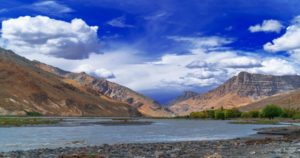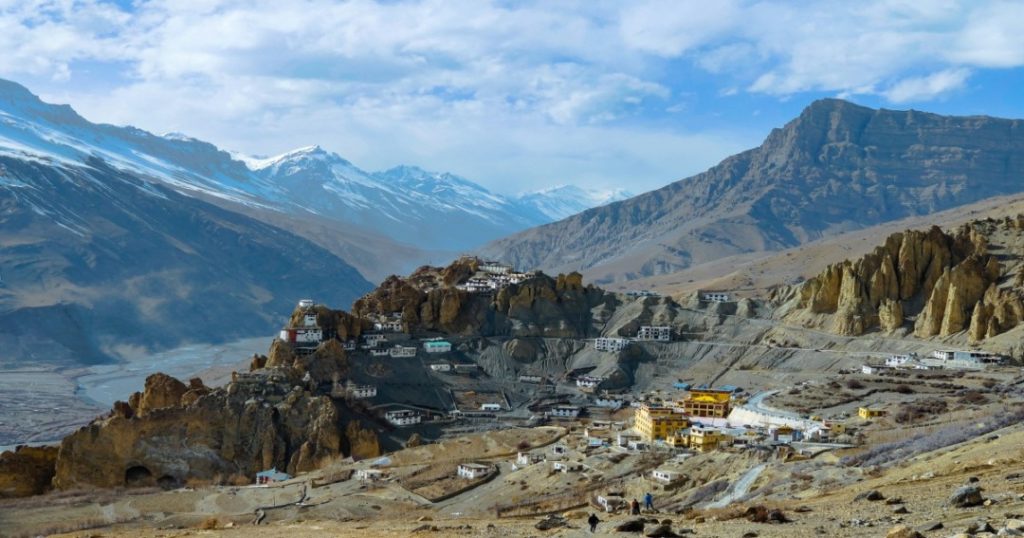
In the stark silence of Spiti Valley, where the wind cuts sharp and the mountains wear their snow like armour, India has just gained a new feather in its conservation cap. The Cold Desert Biosphere Reserve in Himachal Pradesh has been admitted into UNESCO’s World Network of Biosphere Reserves — the first cold desert from the country to ever receive this honour.
For the people of Lahaul-Spiti, who have lived for centuries in tune with this punishing yet beautiful land, the news feels personal. Their valleys, their lakes, their grazing lands are now officially on the world map. The reserve stretches across nearly 8,000 square kilometres, wrapping within it Pin Valley National Park, the sapphire-blue Chandratal Lake, and the haunting Sarchu plains. It is a place where the rare snow leopard moves like a shadow, and where blue sheep cling to impossible cliffs.
Wetlands Win Global Recognition

At the other end of the country, far from the icy winds of Spiti, another celebration is unfolding. India’s list of Ramsar wetlands — sites recognised globally for their ecological value — keeps getting longer. Two wetlands in Bihar were added recently, taking the country’s tally to 93. Earlier, bird-rich sanctuaries in Tamil Nadu, the sacred Khecheopalri Lake in Sikkim, and Udhwa Lake in Jharkhand earned the same badge of honour.
In Rajasthan, villagers in Khichan smile as their demoiselle cranes — winter visitors from Central Asia — now carry with them the prestige of a Ramsar tag. A little further south, Menar, fondly known as the “bird village,” has also been recognised. For these communities, the announcement is more than paperwork; it’s a nod to the care they’ve shown their feathered guests for generations.
Why It Matters
It’s easy to think of cold deserts and wetlands as opposites — one frozen and barren, the other lush and teeming. Yet, both are lifelines. Spiti’s glaciers and snow-fed rivers quench thirsts hundreds of kilometres downstream. Wetlands absorb floods, recharge groundwater, and give migratory birds a haven on journeys that stretch across continents.
Global recognition brings pride, but it also brings responsibility. These fragile landscapes now demand careful stewardship: stricter rules, better monitoring, and real investment in conservation.
The Challenges Ahead
The truth is, designations alone won’t shield these places. Spiti is already seeing a rush of tourists, straining its delicate balance. Wetlands across India are shrinking under pressure from encroachment, pollution, and climate change. Melting glaciers, erratic rainfall, vanishing migratory routes — these are not distant warnings anymore, but present-day realities.
The task now is to ensure that recognition translates into action. Protection must go hand-in-hand with local livelihoods. Conservation cannot come at the cost of communities — it has to be built with them.
A Moment to Celebrate
Still, there is reason for hope. In one stroke, India has put a cold desert and a string of wetlands onto the global map of conservation. It is a reminder that nature’s wealth is not always obvious — sometimes it is hidden in the silence of high mountains or the shimmer of a village lake.
And in choosing to celebrate both, India is sending out a message: that its future is tied as much to the snow leopard on a cliff as to the crane circling over a wetland at dawn.


